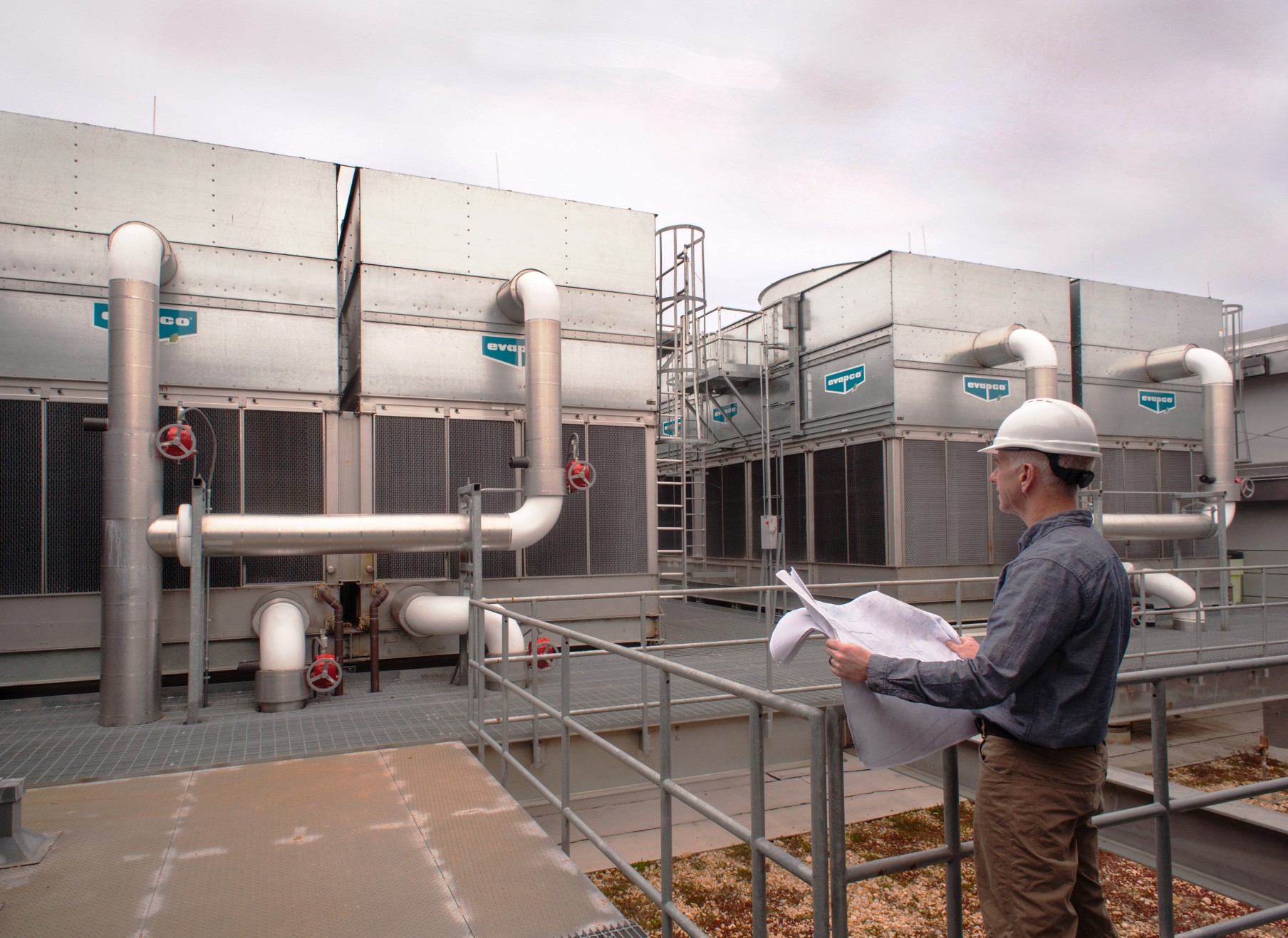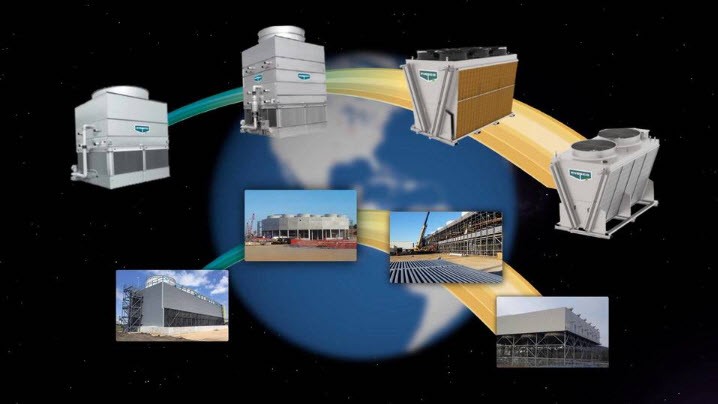
Innovative Products
We offer an extensive selection of products for Commercial HVAC, Industrial Refrigeration, Power Generation and Industrial Process.
An Employee-Owned Company
Committed to first class service, quality products and innovative thinking.
Sustainability
We are committed to making life easier, more reliable, and more sustainable for people everywhere.
Case Studies
Check out our case studies to learn more about how EVAPCO provides cutting-edge solutions for our clients
Industrial Process
Stay up to date with EVAPCO's latest and greatest brochure highlighting water and energy-saving solutions in this market
Data Center
Our full spectrum of global products deliver the best possible combination of PUE and WUE in any climate

